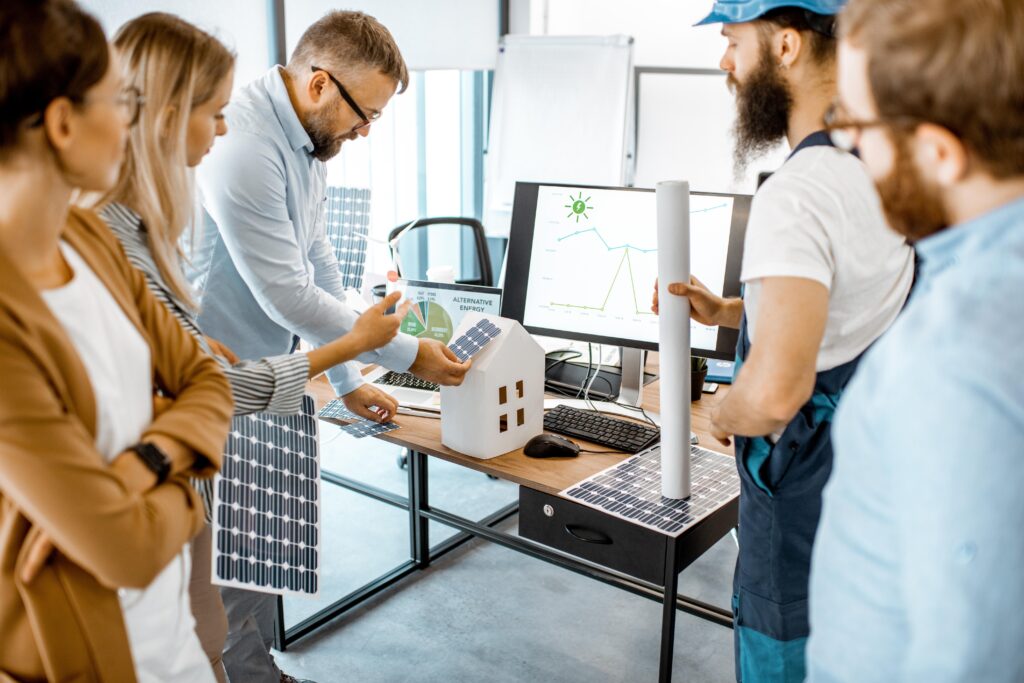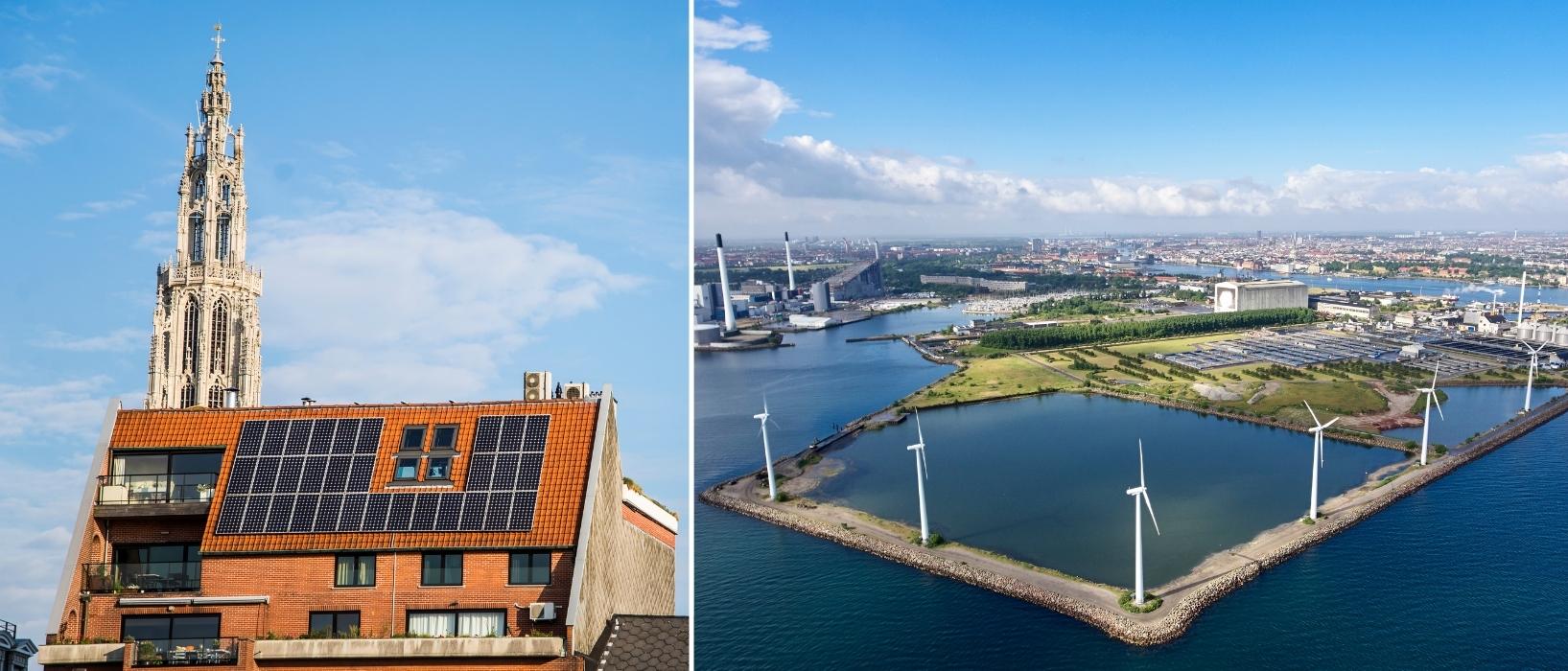A growing number of companies are beginning to generate their own clean energy to keep energy costs low, reduce environmental impact, and even establish new revenue streams.
Of course, setting up your own electricity generation comes with a significant upfront cost. Still, the investment typically pays off within just a few years, making it the better choice for businesses who know they’re staying put for a long time.
Here’s a simple guide to help you consider whether this could be a good option for your business and help you get started.
Why Generate Your Own Clean Energy?
Of course, generating clean energy is significantly better for the environment and dramatically reduces your business’s carbon footprint. This can strengthen your brand and demonstrate to customers, employees, and stakeholders how seriously your company takes its environmental impact.
Aside from making a positive impact on the environment, there are plenty of other benefits to be found. The most obvious is that, after the initial installation, it will reduce your energy costs dramatically. On top of that, your business will also be protected from price fluctuations.
Sudden and severe fluctuations in energy prices can seriously hurt a business. However, many factors that cause these changes, such as fuel availability, demand, and cost of generating, distributing and transmitting the electricity, do not apply to self-generated clean energy. Therefore, you can focus on costs with a high level of certainty and safeguard your energy needs while protecting the environment.
Renewable energy can be more than just a money saver. It can also be a source of extra revenue. If your business’s energy generation systems produce more than it uses, you can sell that energy back to the grid, offsetting its installation cost.

What To Consider
Before you start with any plans to generate your own clean energy, there are a few factors you should consider.
First, it is crucial to identify what your overall targets are. Think about what motivated you to make the decision. Are you inspired by environmental ambitions, or are you looking for a way to reduce business overheads? These long-term targets could impact how your electricity-generating plans are implemented and help you decide which choice is best for your business.
Naturally, your business’s location and physical size will also impact how you can and should generate your electricity. For example, companies which are located (or own land) on high ground or by the sea may be best to invest in wind turbines to take advantage of the high volume of this renewable energy source.
Specialist consultants can give you a precise measure of your location’s electricity-generating potential.
It is worth noting that while the government has lifted constraints on implanting renewable energy sources to incentivise environmentally-friendly practices, there could still be certain restrictions. Planning permission and environmental reviews will be needed for larger structures, such as wind turbines, and it’s essential to review the viability of any plans beings accepted before investing time and resources into the project.
Thankfully, the government also offers incentives for businesses looking to reduce their energy consumption in this way. You can start researching them by searching the GOV.UK business finance and support finder, asking your local council if they provide energy efficiency funding or sustainable business growth grants, or looking into the national Smart Export Guarantee scheme.
Make Your Workforce Climate Positive
What Are My Options?
There are many different ways to generate your own clean energy. Once you know your long-term goals and what is physically and financially possible, it is time to identify the most suitable method for your business.
The most widely used renewable energy generating technology is solar panels. While most of the UK doesn’t see much sunny weather, there are still enough daylight hours to create significant amounts of solar energy. On top of that, they have a small physical footprint and require minimal upkeep and maintenance. The downside is that, based on the size of the premises, there is a limited volume of solar power a business can use.
Wind turbines, on the other hand, can be just as effective. However, they have a much larger physical footprint and planning permission will be needed before construction.
Another form of electricity generation which is excellent specifically for powering heating in your premises, and will not cost as much as the previous options, is heat pumps. Two types of heat pumps are available: air source and ground source. The first absorbs naturally-occurring heat from the outside air, whilst the second sources the heat retained in the ground.
You could also invest in combined heat and power, or CHP. Generally, when electricity is generated, some energy is wasted as heat and emitted into the atmosphere. Instead, CHP harnesses that excess energy and puts it to good use. This technology, also known as cogeneration, dramatically improves energy efficiency, providing eco credentials and reducing overheads in the process. According to government guidelines, the process of CHP can reduce carbon emissions by up to 30%.
Regardless of which route you choose, finding ways to generate your own clean energy as a business will lower costs and make a real positive impact on the environment.
Becoming a sustainable, zero-carbon business won’t happen overnight, but Play it Green can help you on every step of your journey.
All of our business tips are based on our Net Zero Framework. This is free to access for all our business members and allows you to review, plan and set actions in 9 key programme areas that will ultimately take your business to Net Zero.
Reach Net Zero
Find out how Play It Green can help your business











